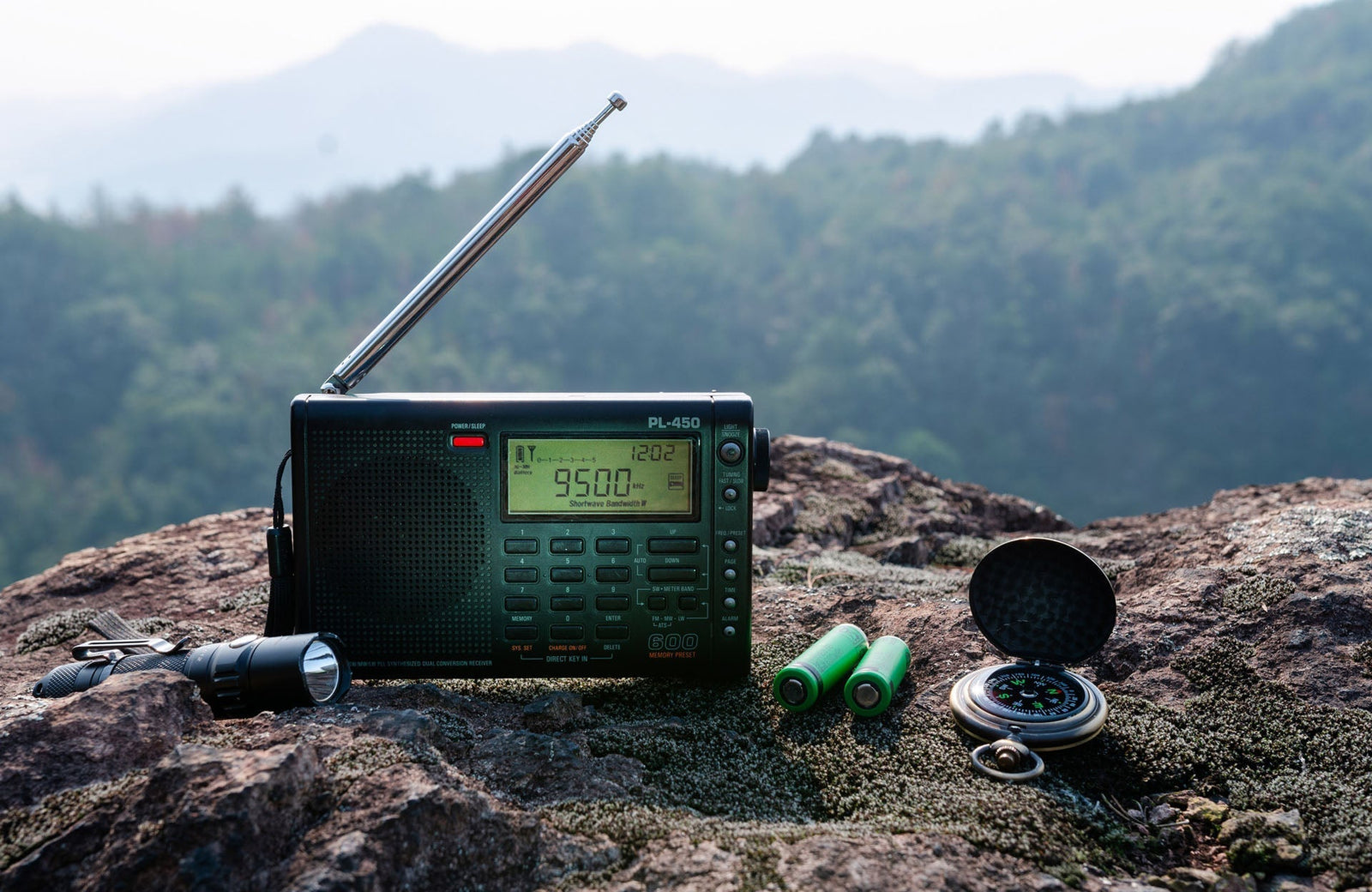In a survival scenario, communication isn’t just a luxury—it’s a lifeline. Whether you're coordinating with your group, calling for help, or gathering critical intel, having the right communication tools and protocols in place can mean the difference between chaos and control. For preppers, homesteaders, and emergency responders, reliable communication is one of the most important assets you can have.
Why Communication Matters
During disasters, infrastructure like cell towers and the internet can go down. When that happens, being able to send and receive information becomes critical. Communication tools allow you to:
- Stay in contact with family, neighbors, and survival groups
- Signal for rescue in emergencies
- Receive weather alerts and emergency broadcasts
- Coordinate bug-out plans or home defense strategies
Effective communication often goes hand-in-hand with navigation. Whether you're coordinating a bug-out route or radioing your location during a search-and-rescue scenario, having the right communication tools complements your navigation capabilities.
Essential Communication Tools for Preparedness
There are many tools available for reliable, off-grid communication. Each serves a unique role depending on the range, environment, and use case.
- Two-Way Radios: Handheld radios are easy to use and essential for short-range comms. Make sure to select models with weatherproofing and long battery life.
- Satellite Phones: Ideal for remote locations, these phones provide global coverage independent of local cell networks. They’re expensive, but often indispensable.
- Signal Mirrors: These compact tools can reflect sunlight to attract attention from long distances.
- Whistles: Lightweight and low-tech, whistles are an excellent way to alert nearby team members or rescuers in dense terrain.
Understanding Radio Types: FRS, GMRS, and Ham
Choosing the right radio setup depends on your intended use, distance, and legal requirements. Here's a breakdown of the most common options:
- FRS (Family Radio Service): No license required. Offers a limited range (up to ~1 mile) and lower power, making it ideal for close-range communication within small groups, campsites, or local neighborhoods.
- GMRS (General Mobile Radio Service): Requires an FCC license in the U.S. Offers higher wattage and significantly longer range—up to 5 miles or more, especially when paired with repeaters. GMRS is a great choice for bug-out convoys, homestead operations, and extended outdoor missions.
- Ham Radio (Amateur Radio): Requires a license and entry-level exam but unlocks enormous capability, including international communication and emergency net participation. Ham operators are often first to relay emergency messages during disasters when other systems fail. Frequencies range from VHF/UHF (local) to HF (long-range, even global).
Many seasoned preppers choose to layer all three radio types into their communication strategy—using FRS for casual local use, GMRS for mobile coordination, and Ham for regional or global outreach.
Best Practices for Emergency Communication
Owning communication tools isn’t enough—you need to know how to use them. Here are a few tips for maximizing effectiveness:
- Practice regularly with your radios and gear so you’re confident in a crisis.
- Use proper radio etiquette: Keep messages short, use the phonetic alphabet, and identify your station.
- Keep backups: Extra batteries, solar chargers, and power banks are essential.
- Know your area: Test radio range in different terrains (hilly, wooded, urban) and consider adding a signal booster or external antenna.
- Plan frequencies and channels with your family or group in advance. Consider laminated channel cheat-sheets for quick reference.
Recommended Gear from Mountain Ready
At Mountain Ready, we carry a curated selection of rugged, field-tested communication gear to keep you connected in any scenario:
- Handheld GMRS and FRS radios
- Beginner and advanced Ham radio kits
- Whistles, mirrors, and emergency signal tools
- Power banks and solar chargers to keep your devices alive
Conclusion
When the grid goes down, your ability to communicate becomes one of your most valuable survival tools. From basic signal tools to advanced radio systems, having a layered communication strategy ensures you’re never truly alone in an emergency.
Prepare today, connect when it matters most—only at Mountain Ready.


